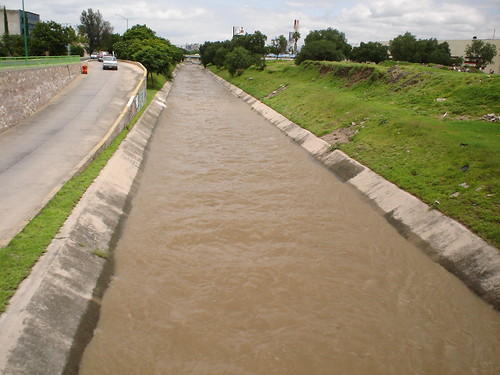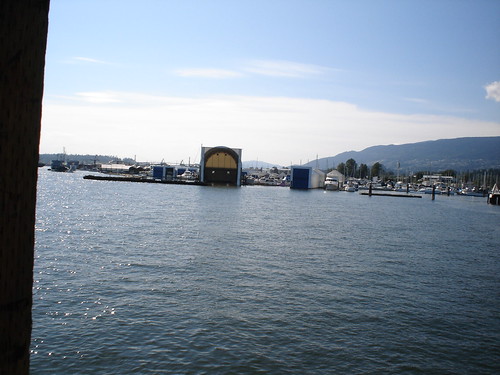 Today, I attended (and liveblogged) a seminar by Dr. Rachel Black (UGS, UBC) where she tried to answer the question “why is it that the concept of slow food hasn’t been applied yet to wine“. This question merits further inquiry for several reasons. First, the slow food movement is predicated upon an intermingled foundation of ethics, societal networked practices (sharing food as a ritual) and a holistic examination of the food’s provenance and methods of production. It would seem like the natural evolutionary progression to move from slow food to slow wine. Second, the slow food has gained tremendous popularity and momentum, and again, it would make sense for wine (which is frequently consumed with a meal) to be migrating towards a ‘Slow Wine’ model of recognition and increased awareness of the provenance and methods of production of the wine. Third, the slow food movement is increasingly demonstrating the need for consumer education. Should wine connoisseurs also be educated on the virtues of locally-produced, sustainably-farmed wine? These are the kinds of questions and ideas that went through my head during Rachel’s excellent seminar.
Today, I attended (and liveblogged) a seminar by Dr. Rachel Black (UGS, UBC) where she tried to answer the question “why is it that the concept of slow food hasn’t been applied yet to wine“. This question merits further inquiry for several reasons. First, the slow food movement is predicated upon an intermingled foundation of ethics, societal networked practices (sharing food as a ritual) and a holistic examination of the food’s provenance and methods of production. It would seem like the natural evolutionary progression to move from slow food to slow wine. Second, the slow food has gained tremendous popularity and momentum, and again, it would make sense for wine (which is frequently consumed with a meal) to be migrating towards a ‘Slow Wine’ model of recognition and increased awareness of the provenance and methods of production of the wine. Third, the slow food movement is increasingly demonstrating the need for consumer education. Should wine connoisseurs also be educated on the virtues of locally-produced, sustainably-farmed wine? These are the kinds of questions and ideas that went through my head during Rachel’s excellent seminar.
As Rachel went through her presentation, I asked a question on whether there is room for an eco-label for slow wine (without realizing that Anthony Nicalo from Farmstead Wines has been working on this idea for a while now, with the whole concept of Farmstead/Vinaroon – read more on the Farmstead Wines blog).
As an environmental policy analyst, I am well aware that governments’ choice of policy instruments is affected by a variety of factors, political palability being a critical one. I have conducted research on third generation policy instruments (e.g. information-based), of which eco-labels are just one type of (I’m also very familiar with pollutant release and transfer registries). These instruments mark a departure from the traditional regulatory scheme of command and control, whereby governments establish standards and regulations for industry to abide for.
I’ve found myself somewhat intrigued by enthusiastic governmental endorsement and adoption of third generation policy instruments, such as eco-labelling and forest certification schemes. Given the third-party audit nature of the instrument (e.g. it’s not up to governments to verify that industrial products comply with the requisites of the eco-label), it does make sense that governments cede monitoring and enforcement duties. However, it is also important to remember that at the same time, governments are also giving up part of their mandate (not a trivial element)
Increasingly, eco-minded customers have sought to harness their purchasing power by choosing to purchase products that have been manufactured in an ethical, environmentally-friendly way (think about organic foods and fair-trade coffee). One of the issues that transpired during Rachel’s talk and that it remains a puzzle for me is – why do some eco-labelling schemes take off with such strength (think the Forest Certification Council and Corporate Social Responsibility models) and why some others are still in their infancy?
I also mentioned to Rachel that we come from very different backgrounds and perspectives on the issue and that this is one of the reasons why I am so excited about collaborating in projects. From my perspective as an environmental policy wonk, the Slow Wine movement and the Farmstead certification are two very interesting case studies of sustainable, ethical food/beverage production. From her perspective, the anthropology of food also extends into an anthropology of wine.
As Anthony clearly indicates, the whole concept of the Farmstead Wines seal is to guarantee that the consumer enjoys wine that comes from grapes that have been naturally farmed, from small, family farms and hand made. Anthony has been pushing for more sustainable farming practices and I agree with him and Rachel that we are at a critical juncture in the global sustainability movement that may help these notions take off. In the future, I can see how my research will move away from more urban thinking (urban water management and sustainability) to encompass broader questions of food production and sustainability and agricultural environmental policy.









Recent Comments